Increasing Focus on Lightweight Materials
The Master Alloys Market is significantly influenced by the growing emphasis on lightweight materials across various sectors. Industries such as aerospace, automotive, and construction are increasingly prioritizing materials that reduce weight without compromising strength. Master alloys, particularly those based on aluminum and magnesium, are favored for their lightweight properties. The market for lightweight materials is projected to grow at a rate of approximately 7% annually, driven by the need for improved fuel efficiency and reduced emissions. This trend highlights the critical role that master alloys play in meeting regulatory standards and consumer demands for sustainable solutions.
Rising Investment in Research and Development
The Master Alloys Market is benefiting from increased investment in research and development activities. Companies are focusing on developing new alloy compositions and improving existing ones to enhance performance characteristics such as corrosion resistance and thermal stability. This investment is crucial as it enables manufacturers to innovate and stay competitive in a rapidly evolving market. The R&D expenditure in the materials sector is expected to rise by about 4% annually, reflecting the industry's commitment to advancing technology. This focus on innovation is likely to lead to the introduction of novel master alloys that cater to specific industry needs, further driving market growth.
Emergence of Advanced Manufacturing Techniques
The Master Alloys Market is being propelled by the emergence of advanced manufacturing techniques such as additive manufacturing and precision casting. These techniques allow for the production of complex geometries and tailored material properties, which are essential for high-performance applications. The adoption of these technologies is expected to increase the efficiency of alloy production, potentially reducing costs and waste. As manufacturers embrace these innovations, the demand for master alloys that can be precisely engineered to meet specific requirements is likely to rise. This trend suggests a transformative shift in how master alloys are produced and utilized across various industries.
Growth in Electronics and Electrical Applications
The Master Alloys Market is witnessing significant growth due to the increasing applications in electronics and electrical components. As technology advances, the demand for high-performance materials that can conduct electricity efficiently is rising. Master alloys, particularly those containing aluminum and copper, are being utilized in the production of electrical connectors and circuit boards. The market for these applications is expected to expand at a compound annual growth rate of around 6% over the next few years. This growth is indicative of the broader trend towards miniaturization and efficiency in electronic devices, which necessitates the use of advanced materials.
Rising Demand in Aerospace and Automotive Sectors
The Master Alloys Market is experiencing a notable surge in demand, particularly from the aerospace and automotive sectors. These industries are increasingly utilizing master alloys to enhance the performance and durability of components. For instance, the aerospace sector requires materials that can withstand extreme conditions, leading to a projected growth rate of approximately 5% annually in the use of master alloys. Similarly, the automotive industry is shifting towards lightweight materials to improve fuel efficiency, which further drives the demand for specialized master alloys. This trend indicates a robust market potential, as manufacturers seek to innovate and meet the evolving requirements of these critical sectors.
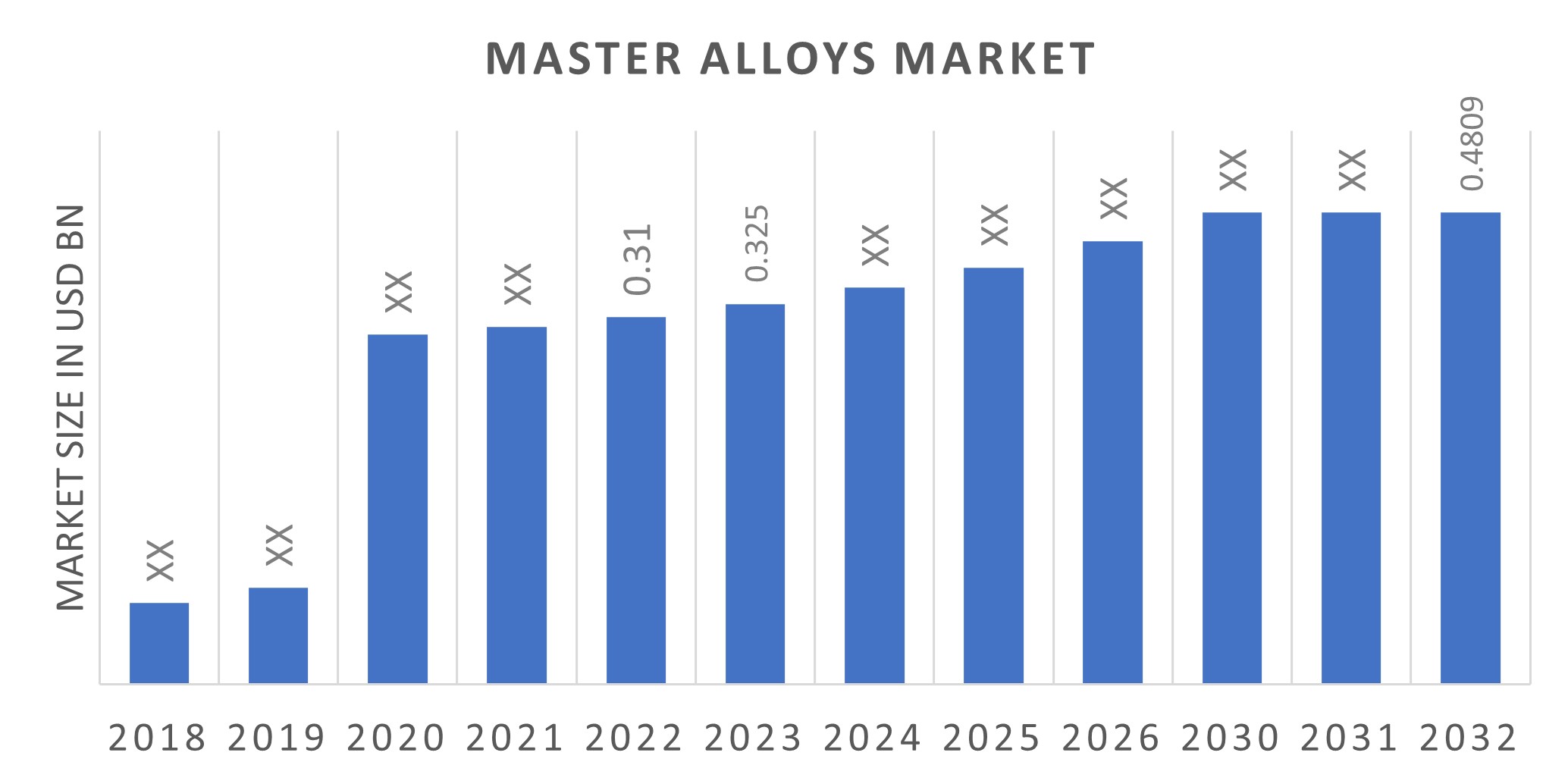

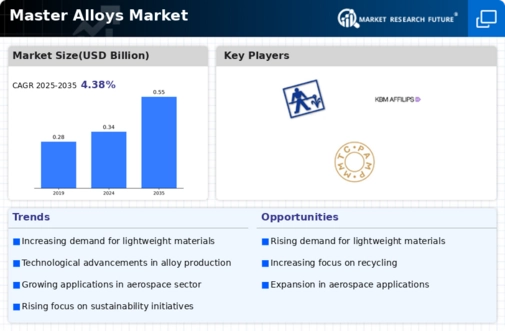
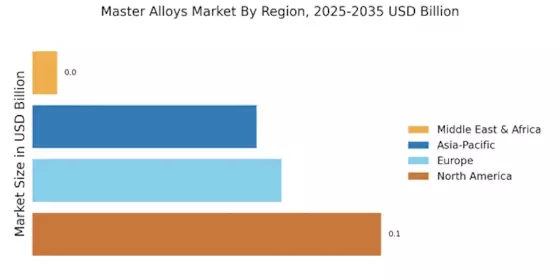
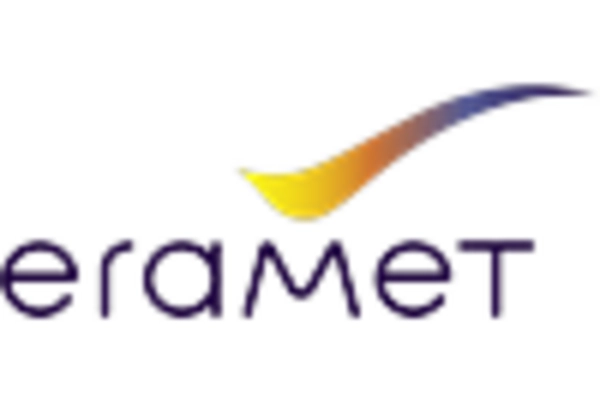
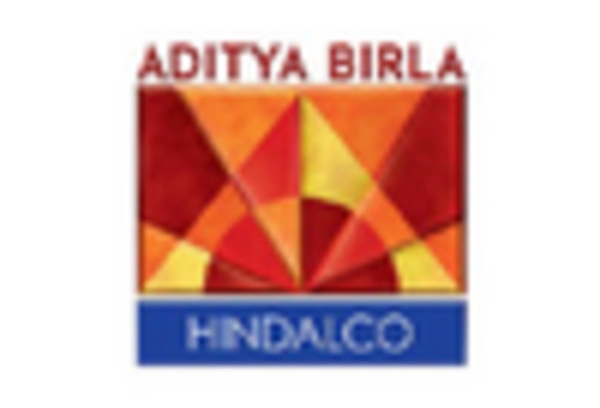
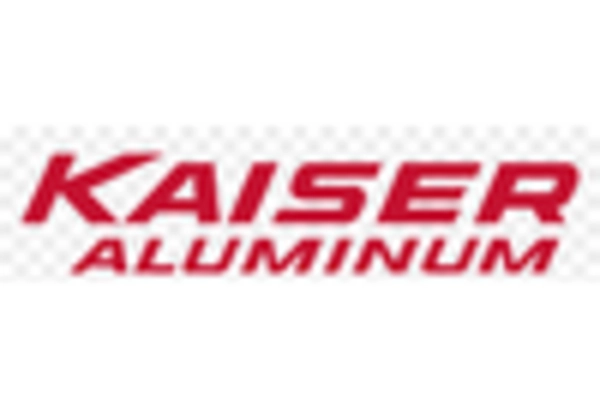
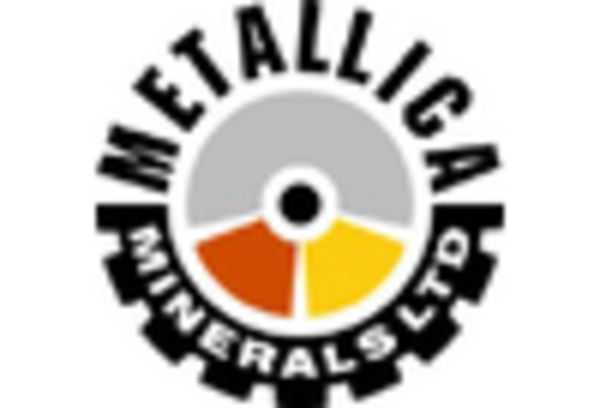










Leave a Comment